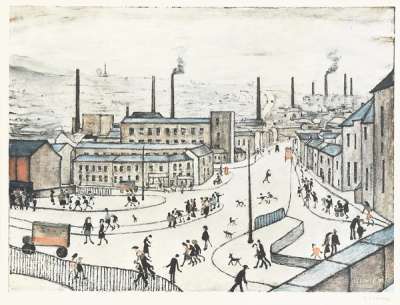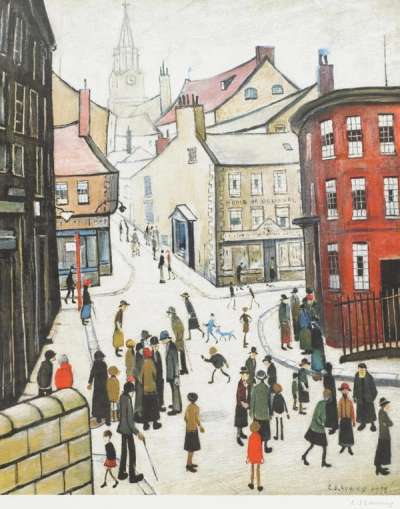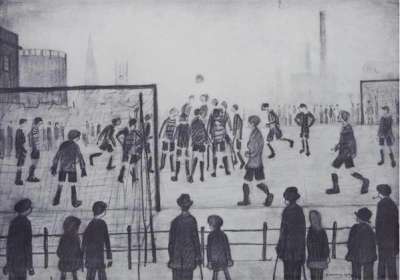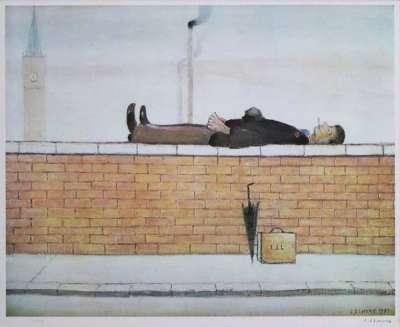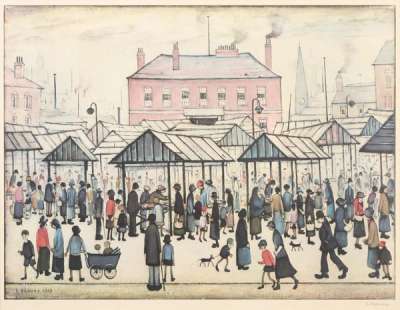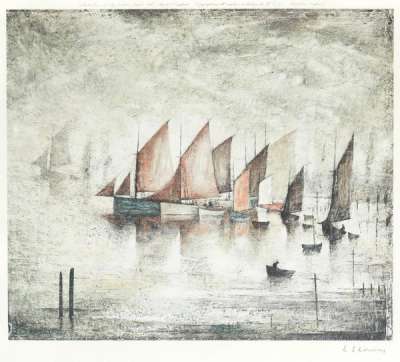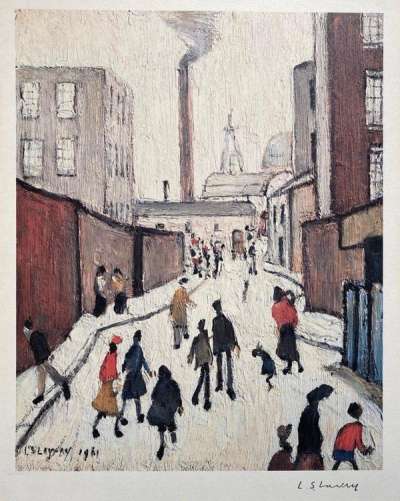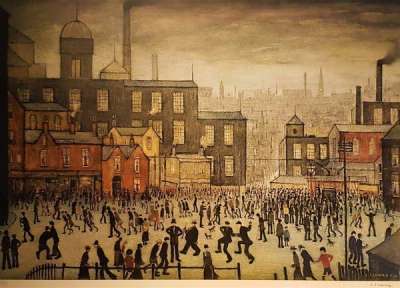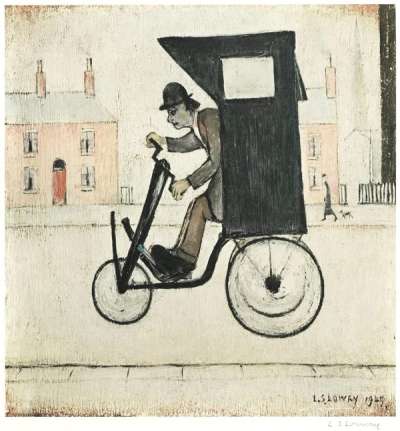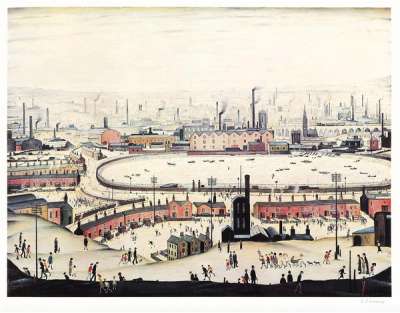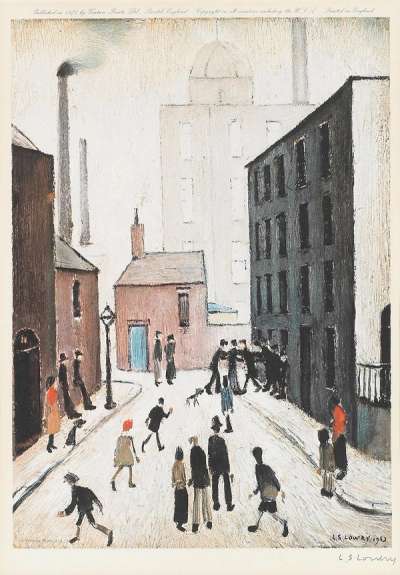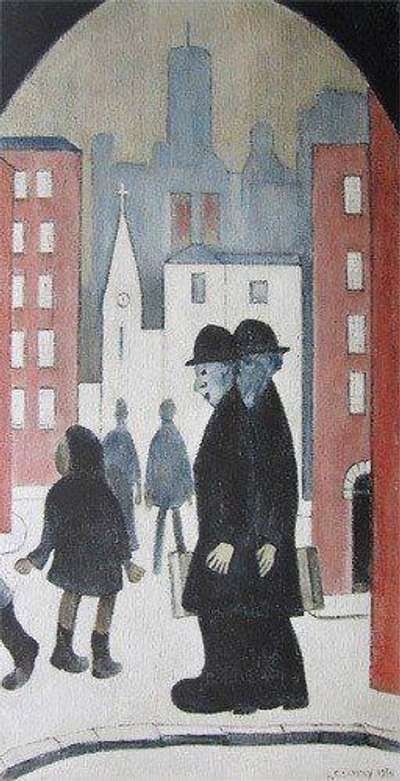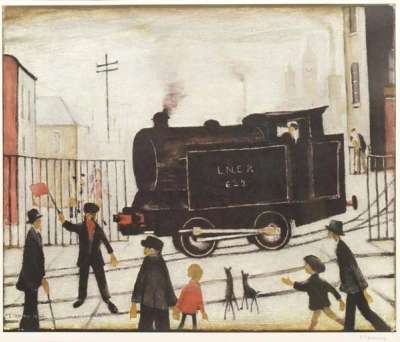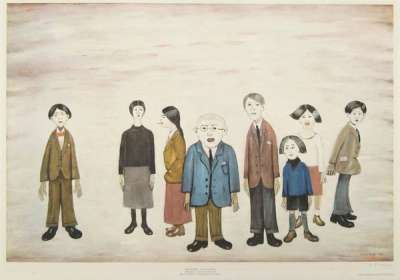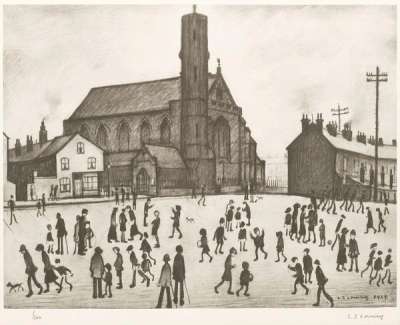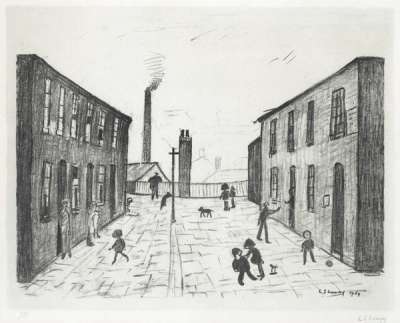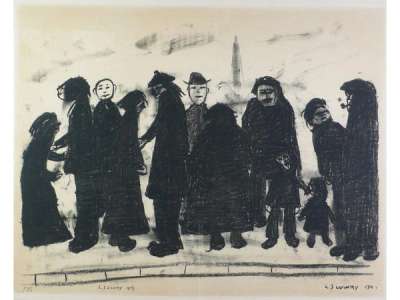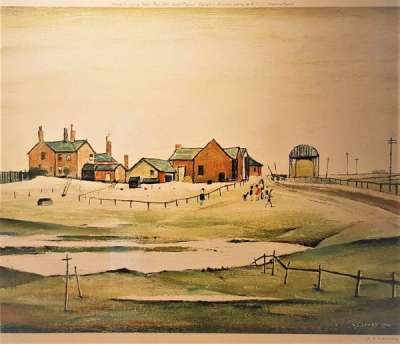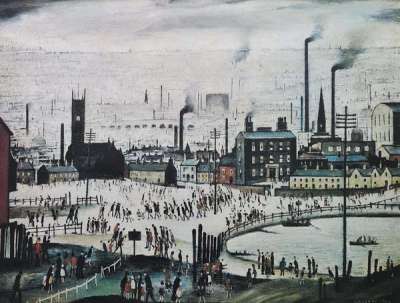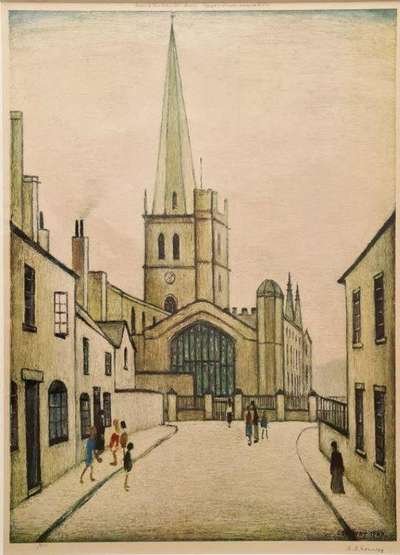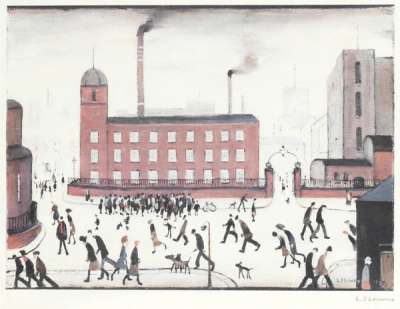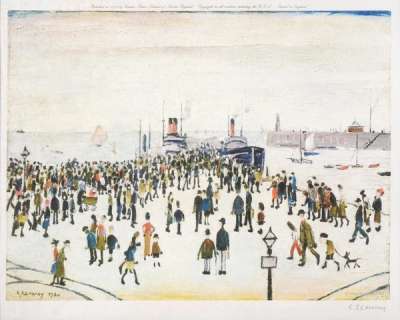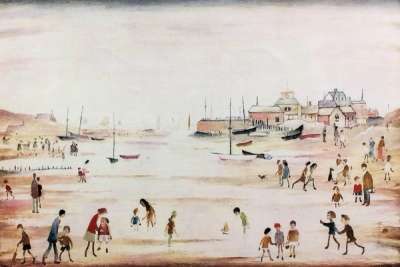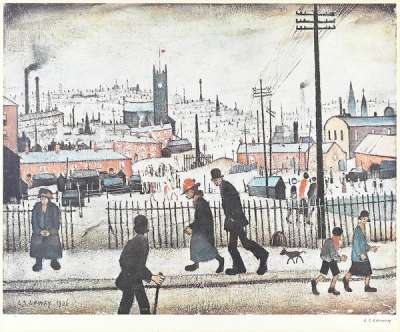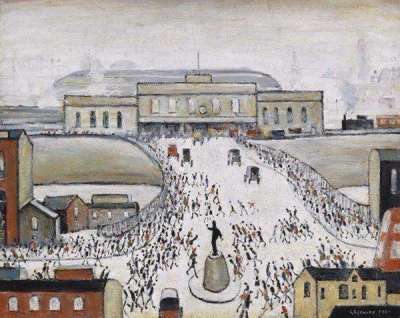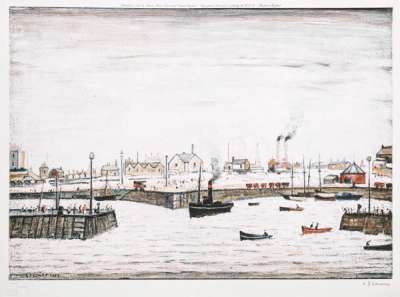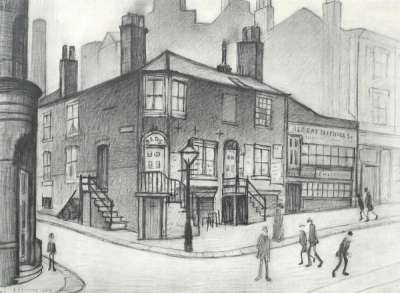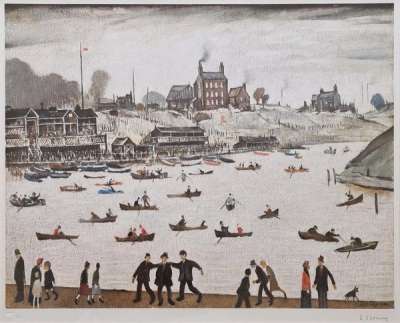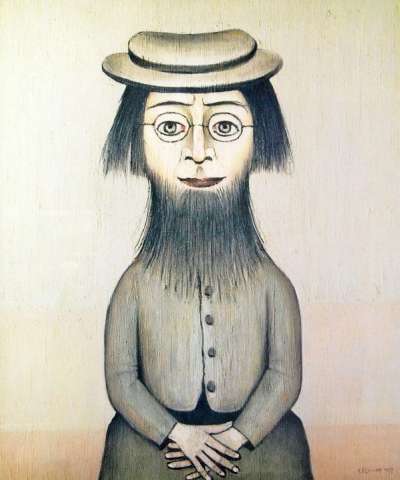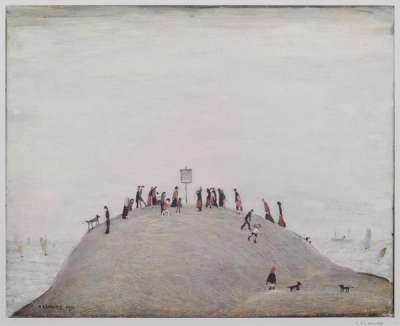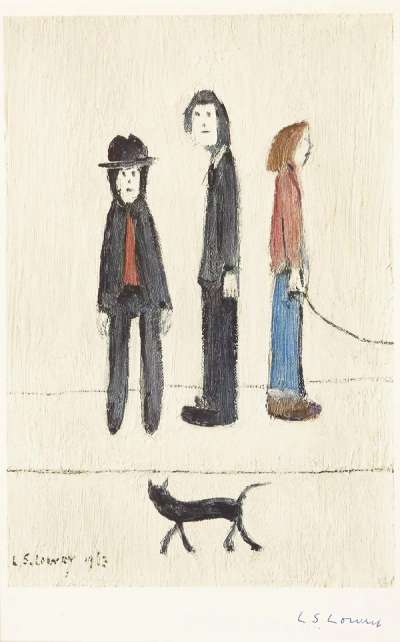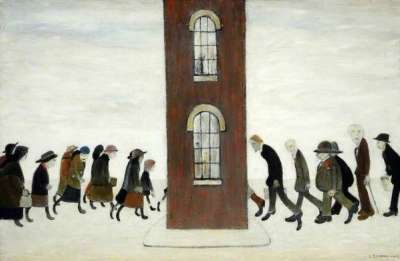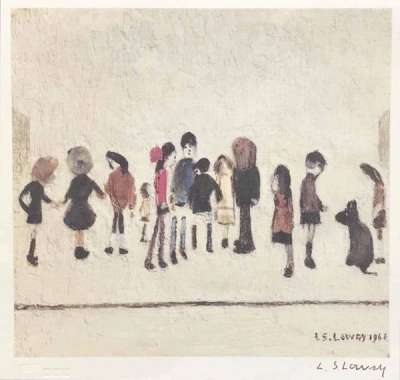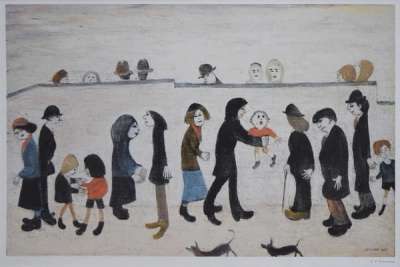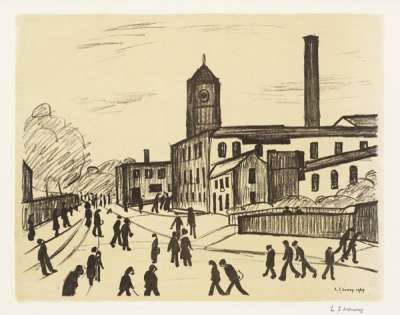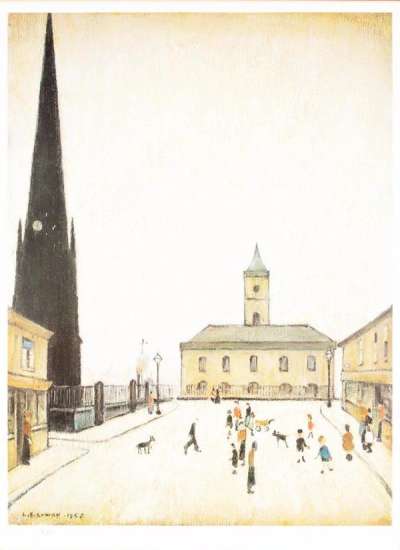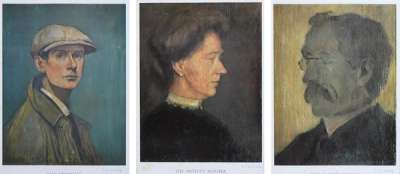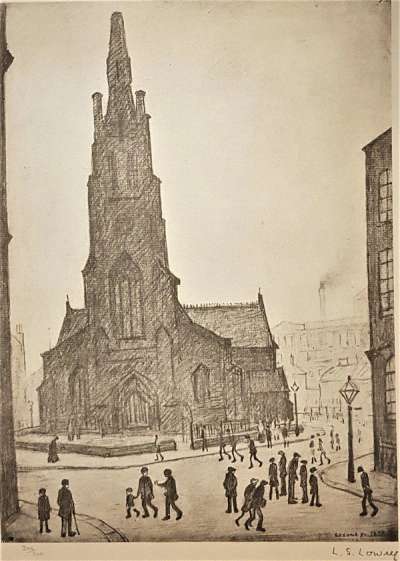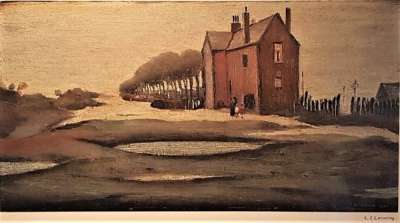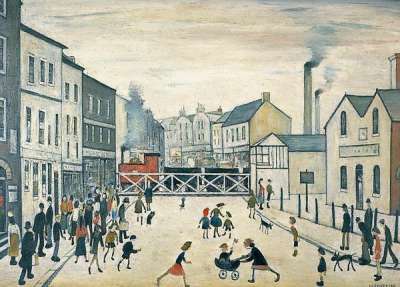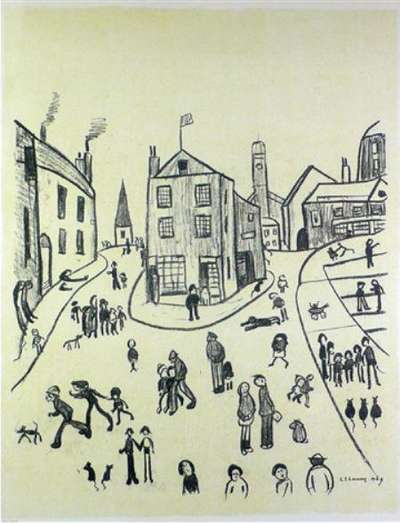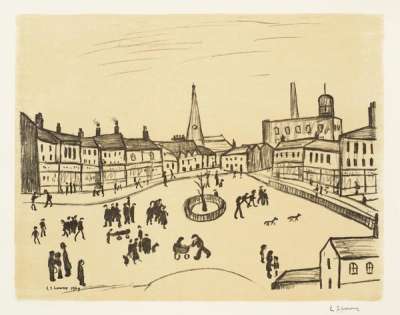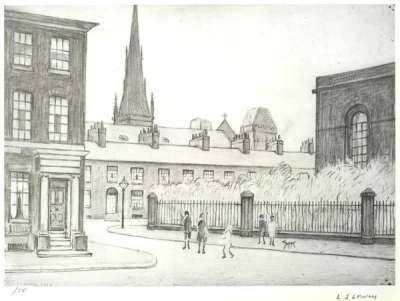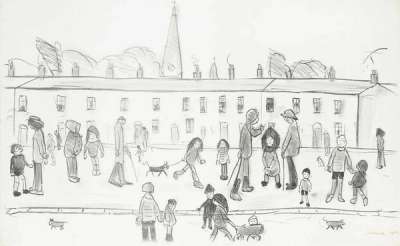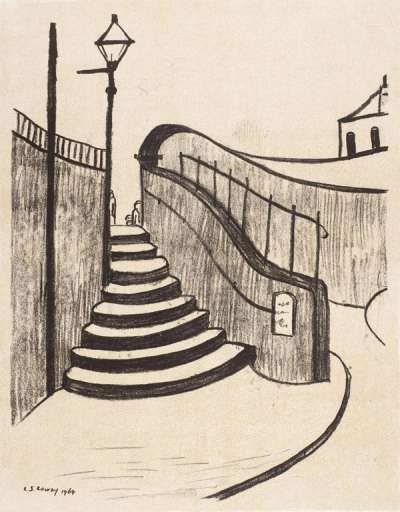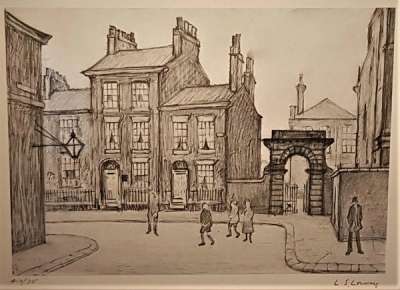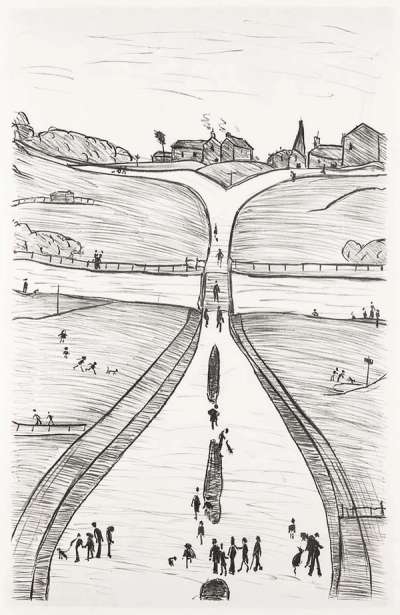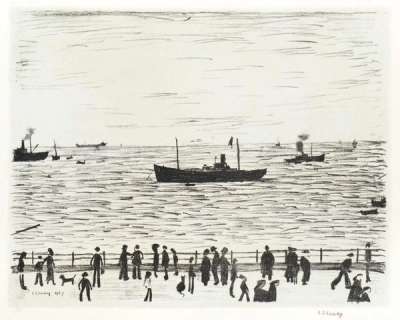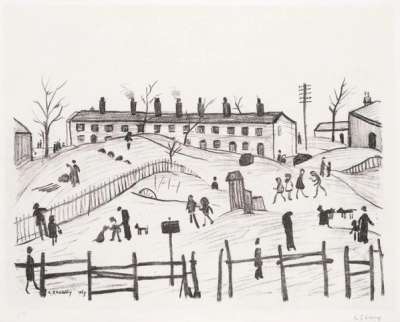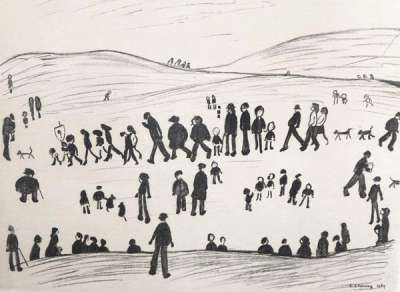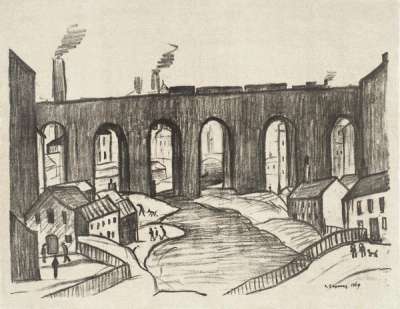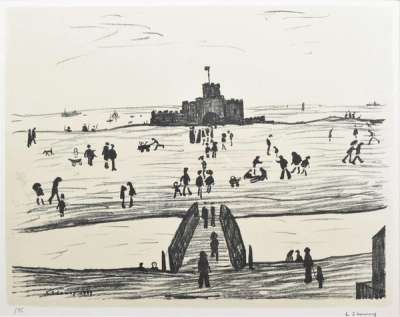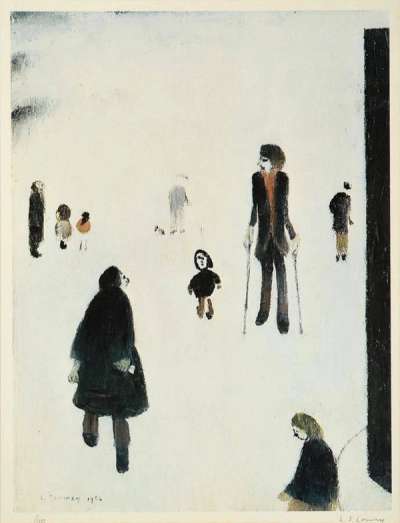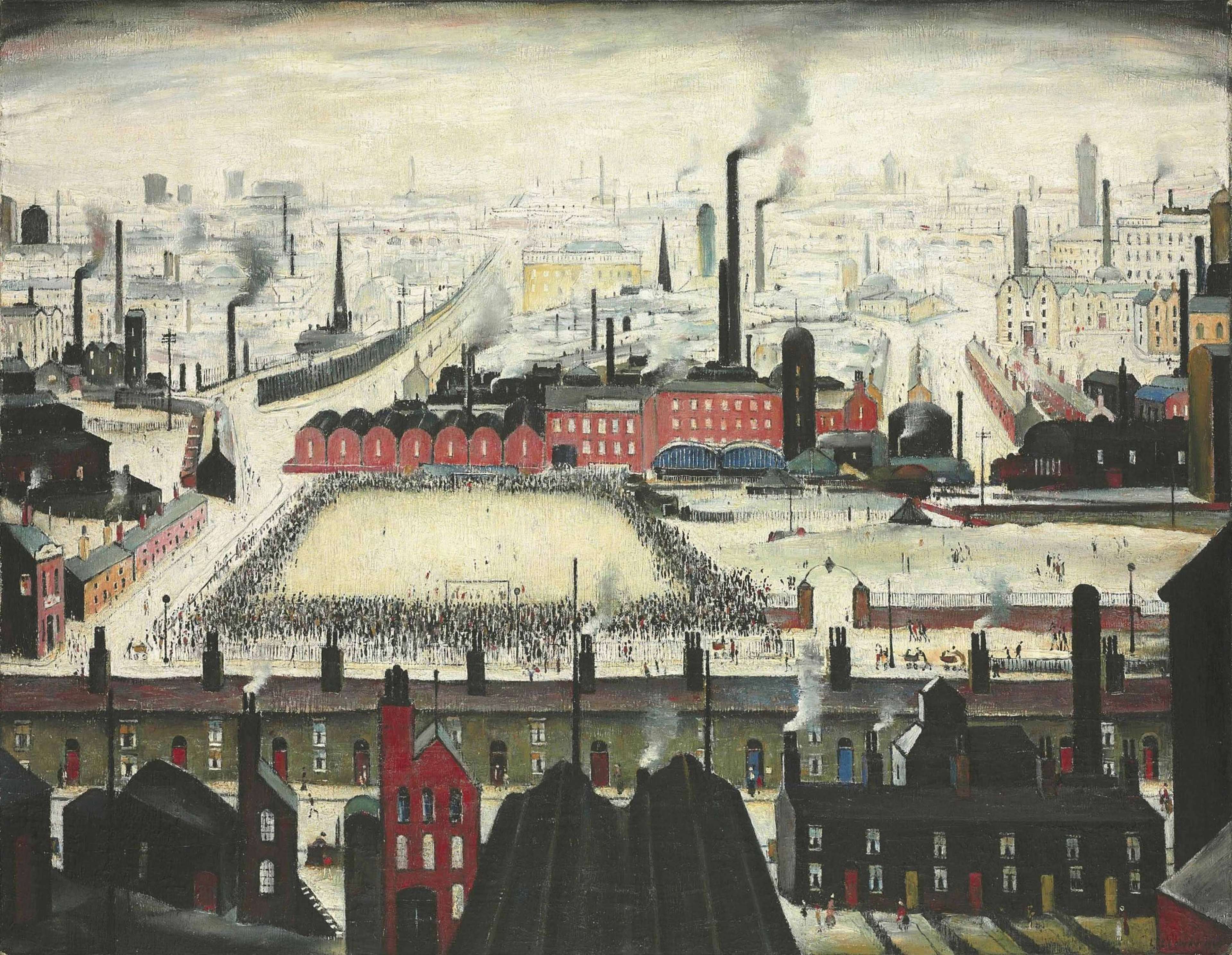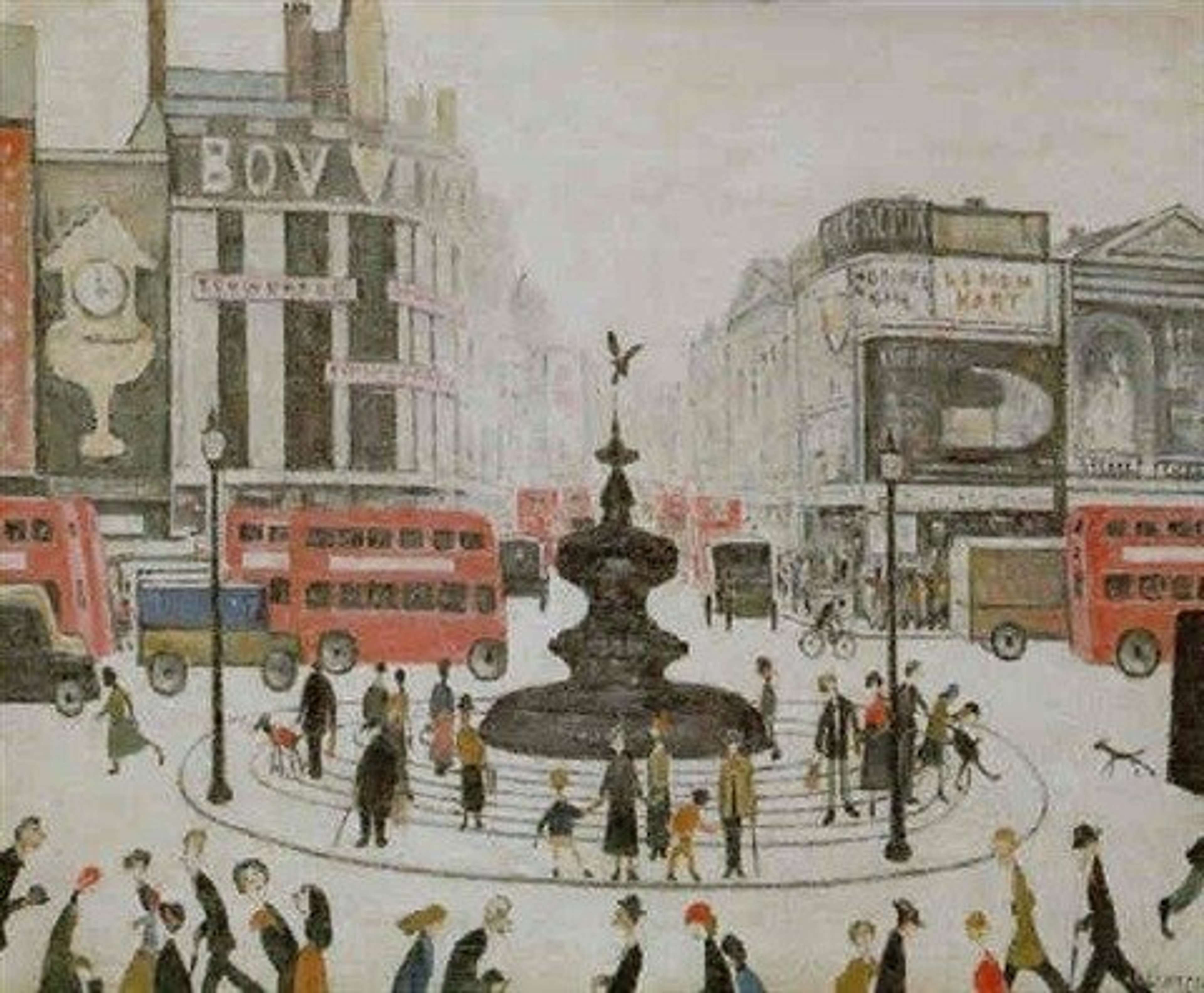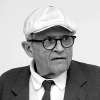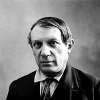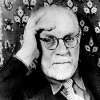L S Lowry
Active pre- and post-war, L. S. Lowry’s melancholic paintings of industrial North-West England are typically categorised as Naïve art. If you’re looking for original Lowry prints and editions for sale or would like to sell, request a complimentary valuation and browse our network’s most in-demand works.
L S Lowry art for sale
Discover L S Lowry prints for sale, exclusively available through our private network of collectors. Explore signed and unsigned screenprints, lithographs, digital prints, and rare editioned proof prints by era-defining blue chip artists.
Sell Your Art
with Us
with Us
Join Our Network of Collectors. Buy, Sell and Track Demand
Biography
Industrial landscapes, his hometown of Lancashire and ‘matchstick men’ characterise the work of L.S Lowry, a key figure in 20th century British painting. Lowry is best known for his distinctive painterly style and a history of depicting England's North West industrial districts. Now a household name and with a significant Mancunian legacy - including the eponymously named Lowry Gallery - his ambition was to 'put the industrial scene on the map because nobody [before] had seriously done it.'
Born in 1887 in Stretford Lancashire, Lowry spent the majority of his childhood in the Manchester suburb of Rusholme and moved to the industrial town of Pendlebury in 1909 aged 22. An untrained artist, Lowry’s initial paintings were filled with figures that cast no shadow and lacked any weather effects. Though these characteristics later became distinctive of his works, they also, at first, drew negative comments from critics, who called him a naive “Sunday painter”.
Industrial Landscapes & Sporting Matches
Lowry’s success did not come overnight. It was only towards the start of the 1930s, after both of his parents had passed, that the artist began to enjoy some recognition. In 1932, Lowry had his work accepted into the Royal Academy, and in 1939 he held his first solo exhibition in London in the Lefevre Gallery.
Today, Lowry is considered one of the most important artists of 20th century England. Some of the most popular works by the artist have involved scenes of industrial landscapes, such as his Going to Work (1943) or Coming from the Mill (1930), both depicting workers busy going to or coming back from industrial factories. While the latter was based on a pastel drawing the artist made in 1917, the former was commissioned to Lowry at the height of World War II by the War Artists Advisory Committee (WAAC) to celebrate the crucial role that heavy industry was playing throughout the War.
Under the hammer, Lowry’s depictions of sporting matches have also attracted much attention. Now one of his most famous works, Going to the Match (1928) sold for £2,919,000 at Sotheby’s London on 29 June 2021. The painting depicts football fans rushing towards the turnstiles of a football stadium that is already buzzing before kick-off. The background of terraced houses and factory smoke indicates where these fans have just arrived from. Recognised as the “archetypal Lowry”, the work was one of the artist’s earliest depictions of a rugby match and a sporting match in general. In 1972, Lowry also created 300 prints from this image, which remain some of the most sought after Lowry prints on the market.






